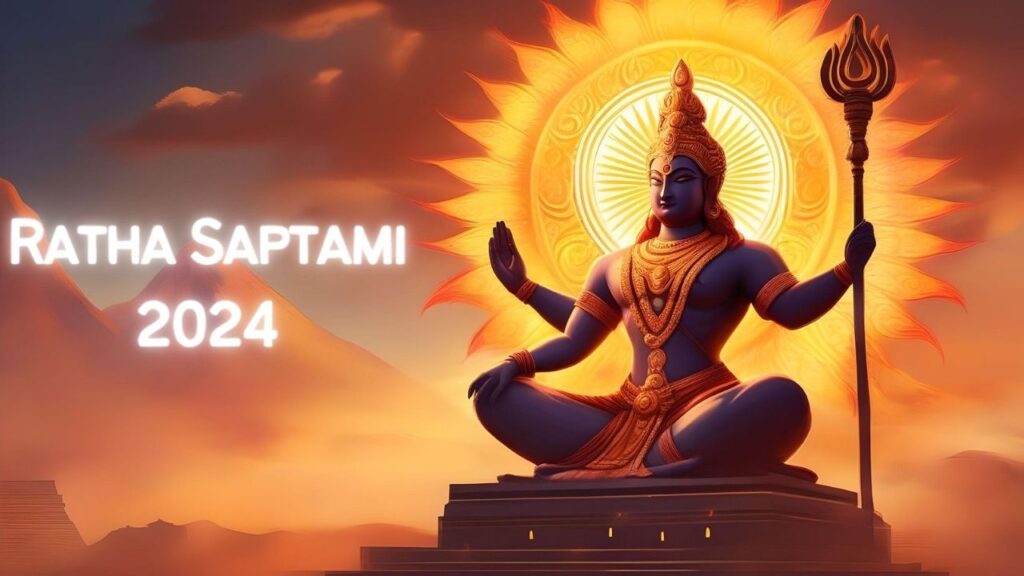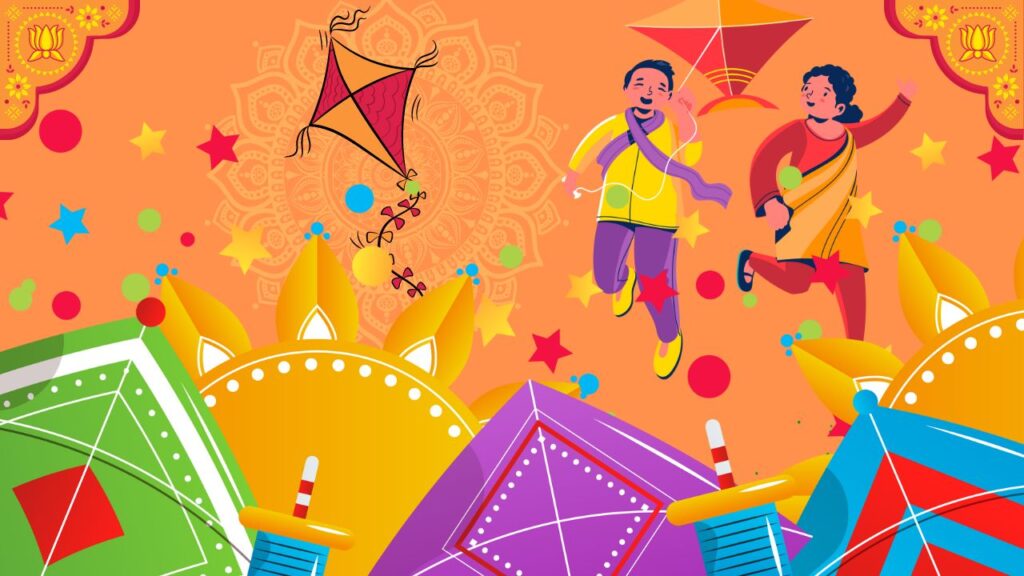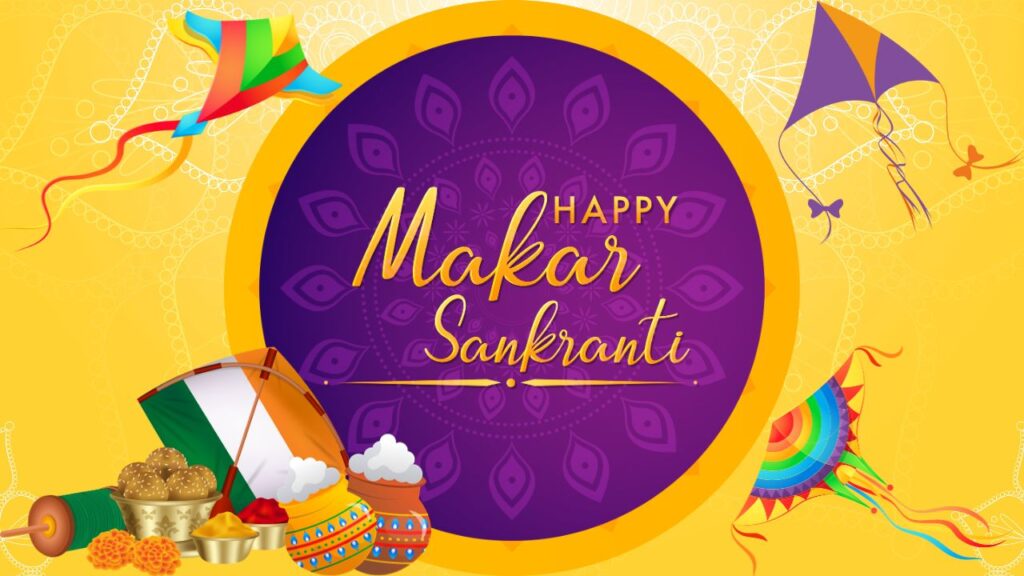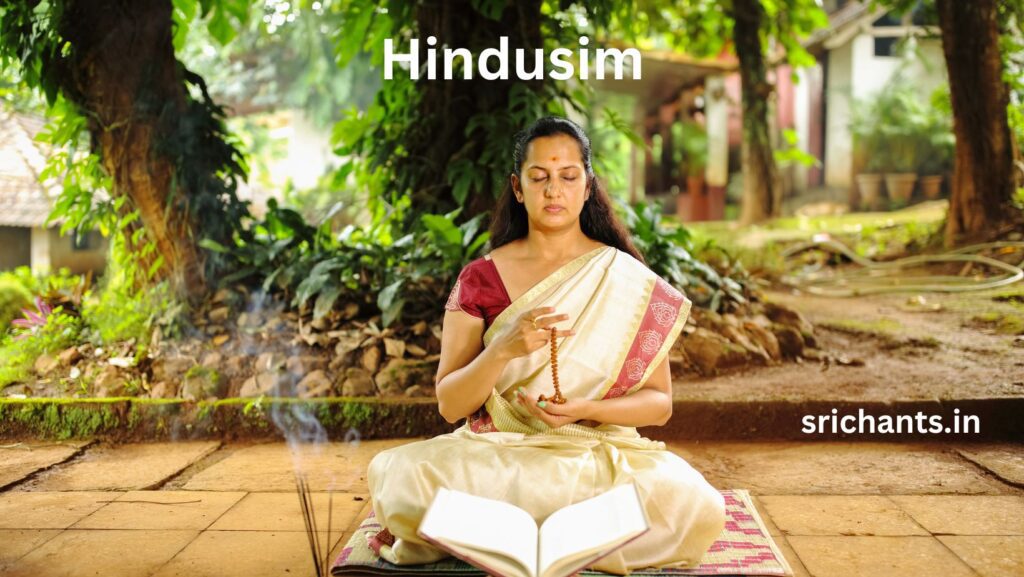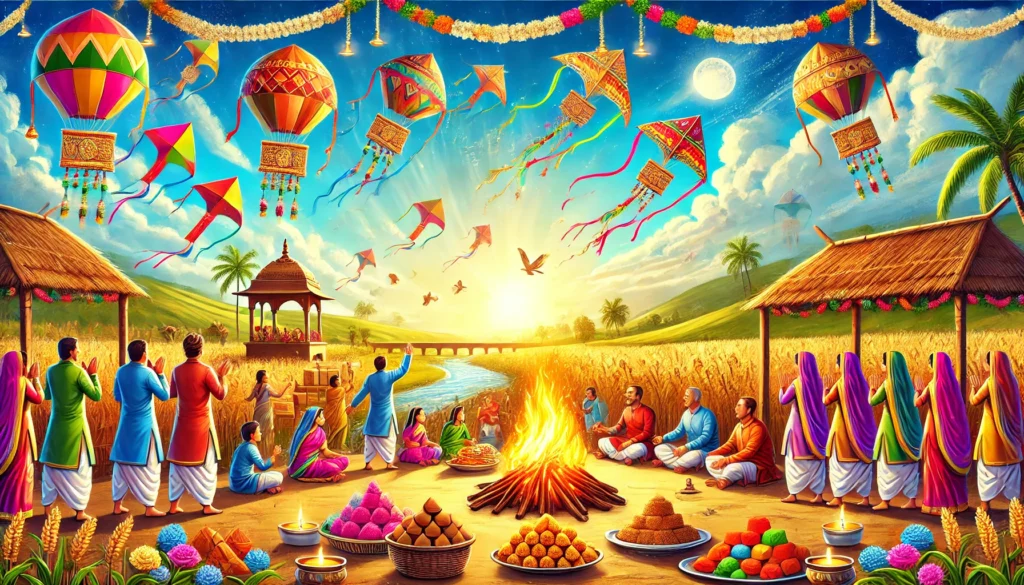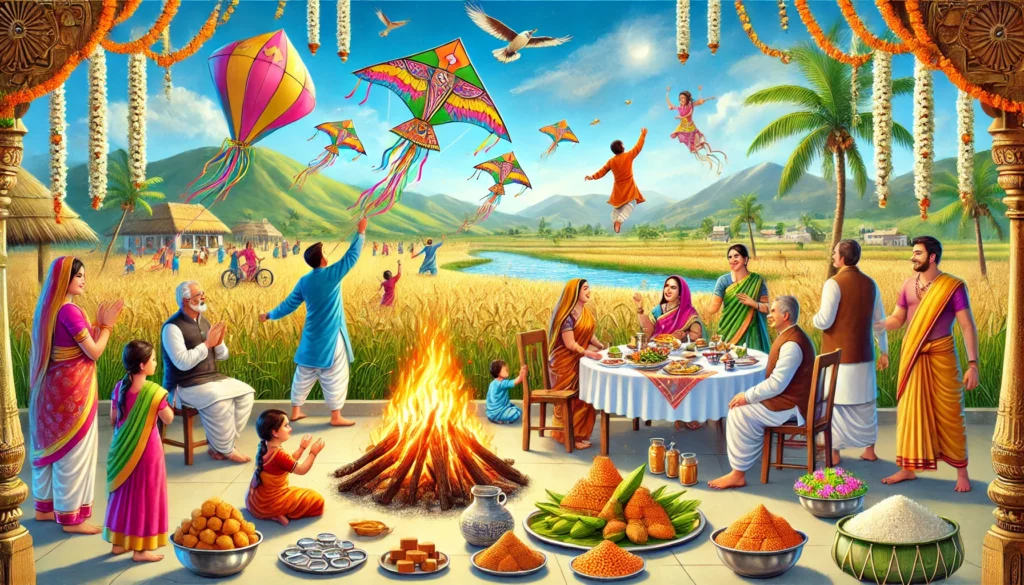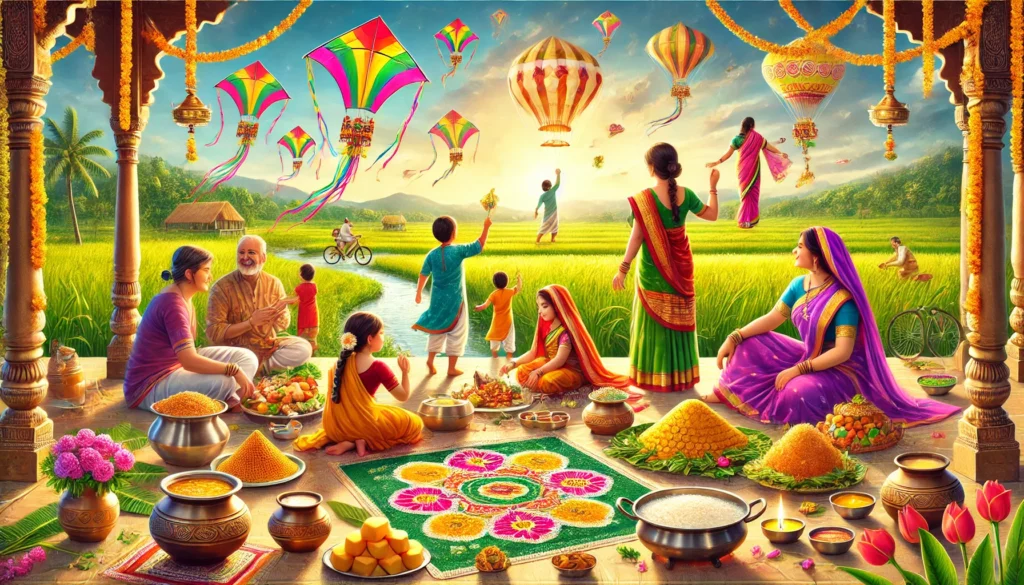Ratha Saptami: Celebrating the Divine Journey of the Sun God
Ratha Saptami, alternatively referred to as Magha Saptami, is a momentous Hindu festival that is observed on the seventh day of the shining half of the Magha month. This day is considered highly auspicious due to its association with the birth of Lord Surya, the Sun God, and his expedition to the northern hemisphere. This exhaustive guide aims to delve into the profound rituals, spiritual significance, and enchanting history associated with Ratha Saptami.
The Significance of Ratha Saptami
The Ratha Saptami is a day of great spiritual importance in Hindu astrology and mythology. Lord Surya, the Sun God, is regarded as the preeminent deity due to his embodiment of determination, notoriety, valor, power, and strength. The Navagrahas, the nine celestial planets, are centered on him, and every other planet orbits him. The observance of Ratha Saptami is symbolic of the Sun’s chariot’s journey towards the northern hemisphere, which is propelled by seven horses that represent the seven hues. The progression referred to as Uttarayana represents the trajectory towards transcendence and enlightenment.
The Story behind Ratha Saptami
According to legend, a monarch once had a son who was afflicted with a dangerous illness. The monarch consulted a wise sage in search of a remedy; the sage explained that the boy’s poor health was attributable to his past transgressions. The sage recommended that the monarch engage in devotional prayers and rituals to the Sun on the propitious day of Ratha Saptami. Adhering to the counsel of the wise individual, the son concocted earnest invocations to Lord Sun, desiring alleviation from his sufferings. Consequently, his crimes were expiated and he underwent a miraculous recuperation, which reinstated his physical well-being.
Rituals and Observances of Ratha Saptami
Preparing for Ratha Saptami
Ratha Saptami preparations commence with an early awakening, prior to the onset of sunrise, on account of the sacrosanct period referred to as Brahma Muhurta. Approximately 1.5 hours prior to sunrise, this time is regarded as exceptionally favorable for spiritual practices. Prior to rising, recite the Bhumi Devi mantra three times in an effort to obtain the Earth’s absolution and blessings.
The Purifying Bath
A ritualistic wash is a fundamental component of the Ratha Saptami celebration. During Arunodaya, the time period preceding sunrise when the first light of daylight appears, bathing is advised. It is believed that in addition to purifying the physical body, this sacred bath eliminates sins accumulated in this and previous lives and cleanses the psyche. Chant the mantra “Sapta Sapta Maha Sapta” while taking a bath in order to obtain the divine favors of Lord Sun.
Worshiping Lord Surya
Upon the emergence of dawn following the purifying bath, it is customary to recite prayers to Lord Surya. Commence by vocalizing or chanting potent hymns that are devoted to the Sun deity, including Aditya Hridayam, Surya Ashtakam, Surya Shathakam, and Aruna Parayanam. As part of the worship, ignite a ghee lamp and present it to the Sun while incorporating Kapoor, Dhup (incense), and red flowers. It is believed that devotees benefit from longevity, good health, and prosperity as a result of this divine connection with the Sun God.
The Ritual of Arghya
The Arghya ritual is a fundamental component of the Ratha Saptami celebration. The act of presenting water to the Sun with profound veneration and devotion is known as Arghya. In order to execute the Arghya, combine crimson flowers with water in a copper vessel. While extending your palms with the copper vessel and facing the rising sun, allow the water to flow slowly while gazing at the sun through the water. To obtain the Sun God’s blessings, recite the Aditya Hridayam stotram or the mantras “Aum Suryaya Namah” or “Aum Ghrini Surya Aditya” while offering the Arghya.
Sun Salutations and Meditation
Ratha Saptami is a favorable occasion to perform Surya Namaskar, commonly referred to as Sun Salutations. By performing this series of yoga postures, one conveys to Lord Sun gratitude and reverence. Initiating the essential energies within the body, the performance of Sun Salutations is a spiritual as well as a physical endeavor. Engage in meditation subsequent to the completion of the Sun Salutations, with the intention of intensifying one’s connection with the Sun God through concentration on the Suryashtakam chant.
Charitable Acts and Good Deeds
Ratha Saptami is additionally an occasion to engage in selfless duties and charitable activities. There is a belief that performing a virtuous deed on this auspicious day will result in its own return. Consider providing assistance to those in need or donating money, particularly to those who are unable to repay your contribution. By extending a helping hand altruistically, one attracts positive energy and favors into their life.
Chanting Powerful Mantras
On Ratha Saptami, the recitation of sacred mantras carries tremendous significance and potency. Numerous stotras and petitions devoted to Lord Surya are found in the Vedic scriptures, including Aditya Hridayam, Surya Ashtakam, and Surya Shathakam. Numerous advantages can result from reciting these mantras with comprehension and devotion: enhanced health, prosperity, and success. Further, in order to obtain divine blessings, one may recite the Aruna Prashna, a potent Vedic chant linked to the act of praying to Surya.
Naivedyam: Offerings to the Sun God
It is customary to prepare special naivedyam, or offerings, for Lord Surya as the worship rituals come to a close. Chakkara Pongal, a delicacy made with fragrant rice, and vadas are common options for naivedyam. As an expression of reverence and gratitude, present Lord Sun with coconuts, betel leaves, bananas, and other fruits in addition to these traditional dishes.
The Astrological and Scientific Significance of Ratha Saptami
Ratha Saptami is revered in Hindu astrology for its symbolic significance—signifying the Sun’s entry into the ecliptic sign of Capricorn (Makara). This phenomenon, referred to as Uttarayana, denotes the Sun’s ascent to the northern hemisphere, which initiates the arrival of spring and extended days. It is widely held that the Uttarayana period positively influences spiritual development, positive energy, and the acquisition of divine blessings.
From a scientific standpoint, the observance of Ratha Saptami corresponds to the axial tilt of the Earth, a natural phenomenon that influences seasonal variations and solar motion. The festival symbolizes the seasonal shift from the winter solstice to the vernal equinox, which reflects the resurgence of life and the reawakening of the natural world.
Conclusion
Ratha Saptami is an auspicious occasion commemorating the benevolent presence of Lord Surya and his divine voyage through our lives. Devotees can attain mental purification, consciousness elevation, and the attraction of positive energy and bounties through the observance of precepts, performance of selfless deeds, and prayer on this auspicious day. May the benevolent favor of Lord Surya illumine and direct our lives toward righteousness, prosperity, and good health.
#RathaSaptami #Surya #lordSurya #Arghya #Mantras #Chanting #Sun #God #SunGod #Significance #रथसप्तमी #Saptami #Naivedyam #divine
